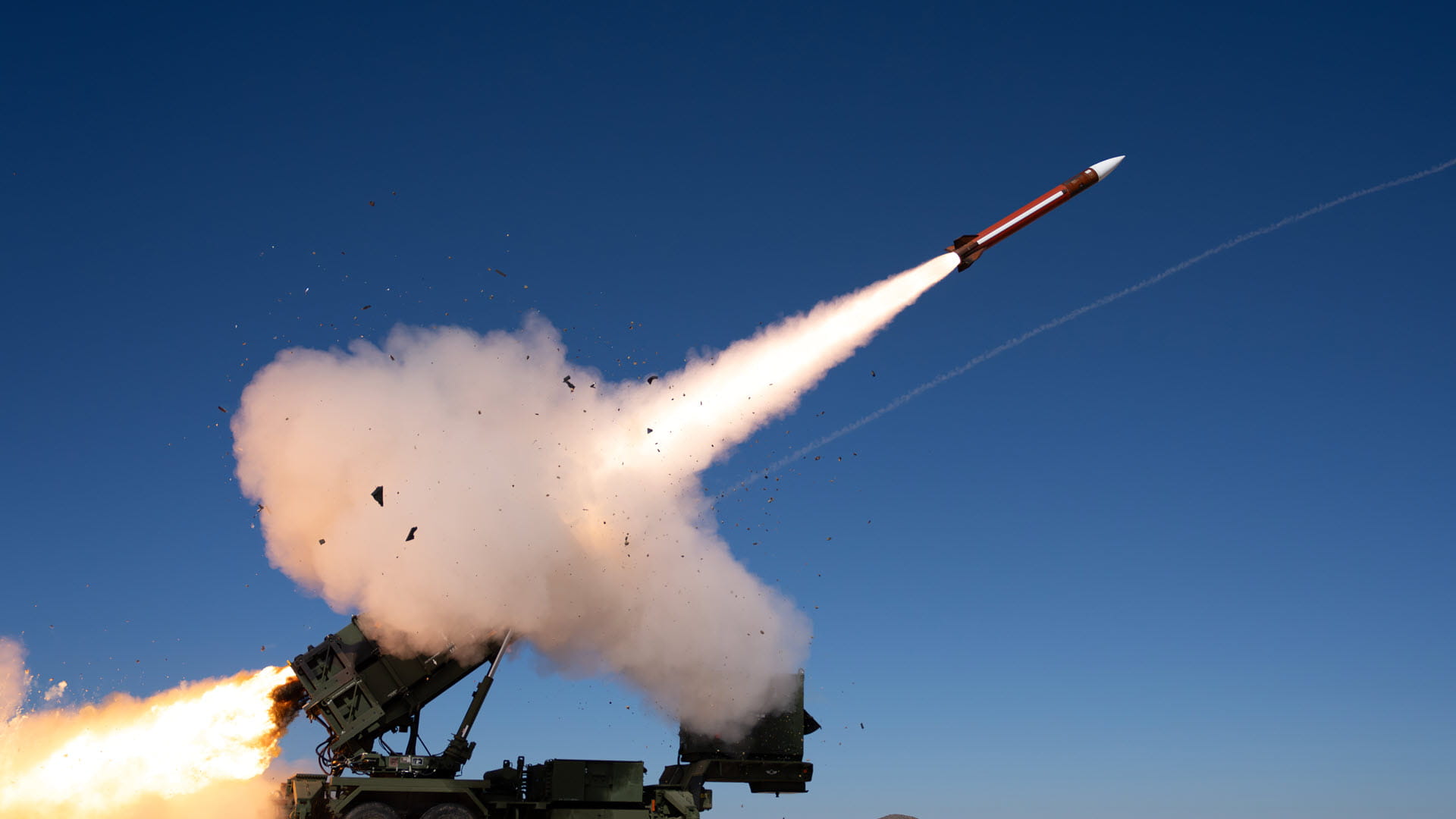Houston, we almost had a problem
AI predicts satellite issues; allowing repairs before systems fail
When a space sensor is having a problem, it typically sends a signal to the ground station. A light on the operator’s console turns from green to red, and people spring into action to fix it. But what if, instead of having to wait until there’s a problem, those same operators could tell when a problem is likely – and keep it from happening in the first place?
“That’s the power of AI,” said David Appel, vice president of Defense & Civil Solutions for Raytheon Intelligence & Space, a Raytheon Technologies business. “We can solve problems before they even appear. And, by keeping systems online and available, agencies can potentially save millions of dollars per satellite.”
Satellite telemetry analysis tools, which report the health of satellites back to the ground station, were designed to work in real time – but they struggle to predict problems. To overcome system limitations of the Joint Polar Satellite System, Raytheon Intelligence & Space partnered with C3.ai, a leader in artificial intelligence and machine learning. The team created a predictive anomaly detection capability in the software to flag potential problems so operators can intervene and prevent disruption to the mission.
The capability uses a machine-learning algorithm to monitor the performance of battery-powered systems on low Earth-orbiting satellites that take weather and climate measurements for the U.S. government. These satellites assist the government agencies that monitor weather, predict hurricanes and provide climate change data for scientific study.
Such algorithms need a lot of data to learn from – and in this case, they had plenty.
“Four years and nearly 3.7 billion records of historical telemetry data were used to create the detection algorithm for this pilot,” said Anthony Bush, director of Civil Space and Weather at RI&S. “Feeding legacy data from a known event into the AI software enabled us to establish a baseline for success and prove out our hypothesis.”
In a pilot project, the team used data from the Suomi National Polar-orbiting Partnership satellite, including telemetry data, maneuver data and existing alarm thresholds. The C3.ai algorithm software took what historically would have been a time-consuming manual review process and automated it to quickly analyze trends, highlight changes in behavior and alert vehicle engineers to areas of concern.
Based on the results from the project, the team estimated a potential 50% increase in vehicle engineer efficiency in predicting problems and addressing them in advance. Enabling greater efficiencies for satellite operators will be even more critical as the numbers of satellites they are responsible for controlling increases.
“We want to be weeks ahead of time, versus days or hours,” Bush said. “That gives us the ability to respond before something catastrophic happens. Within our trial, our predictive analytic algorithms identified 66% of known future issues with a 19-day lead time.”
The pilot program will provide benefits well beyond this application. While AI/ML does not replace what analysts and systems do today, it reduces the manual workload and provides data-driven insights for a more proactive posture.
“Petabytes of data come across the screens on analysts across civilian, defense and intelligence agencies each day,” said Bush. “Applying algorithms, like the one developed in this pilot, ensure critical missions like harvesting weather data and collecting military intel continue without disruption.”




